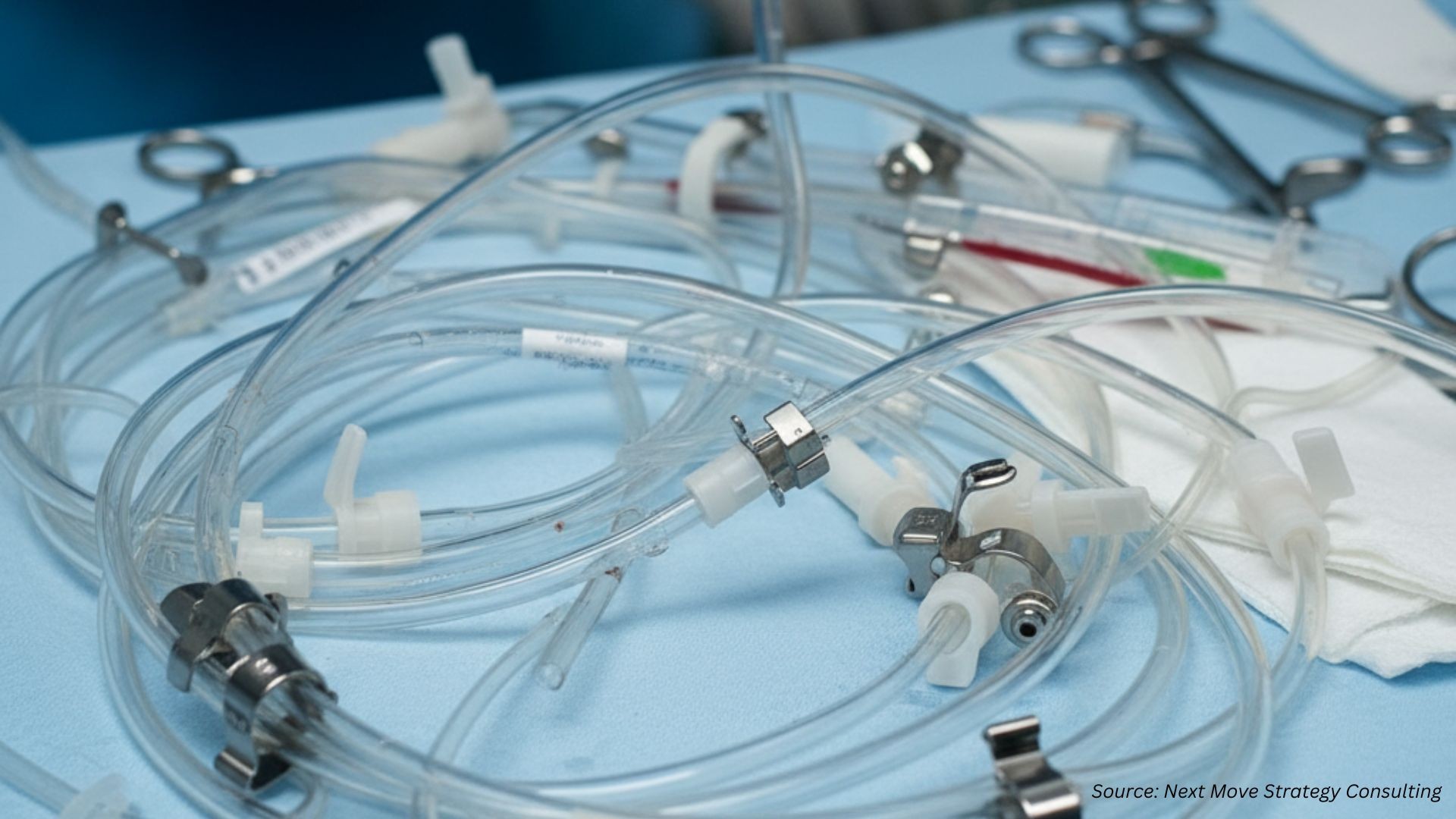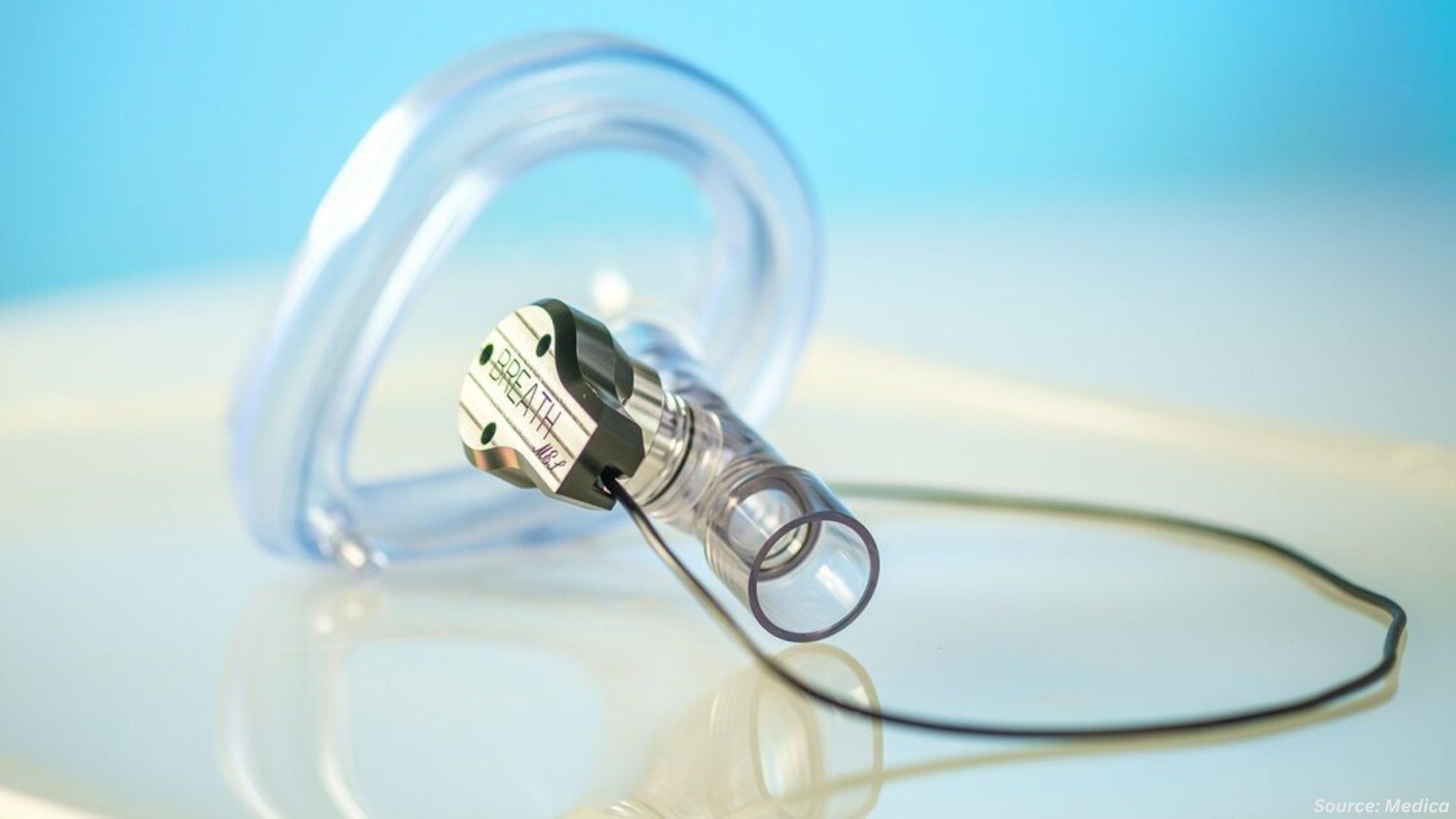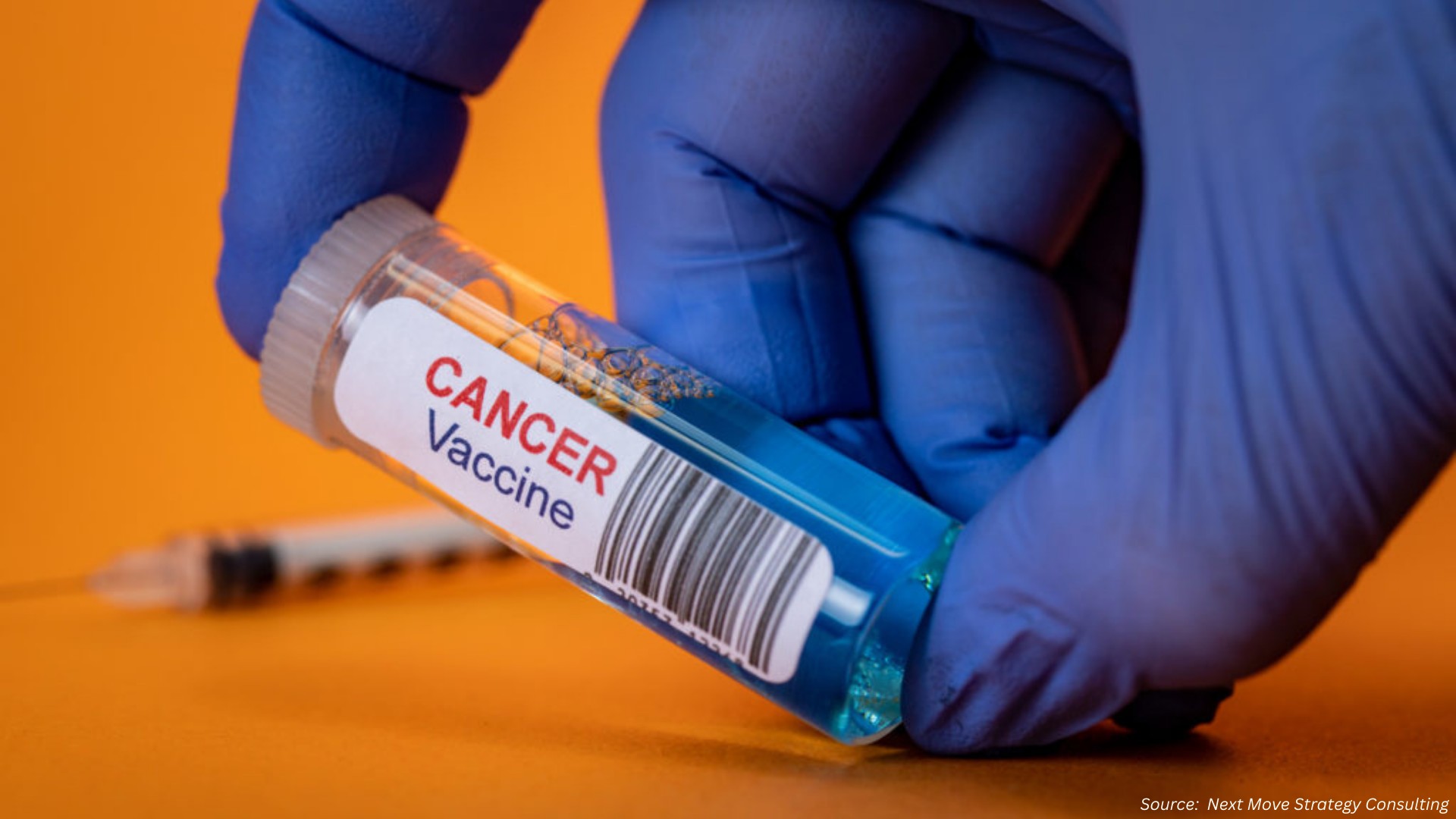Innovations Driving Change in Medical Tubing Industry
Published: 2025-09-18

The medical tubing industry is undergoing significant transformation as global regulations tighten on PFAS usage and manufacturers seek sustainable alternatives to traditional fluoropolymers. While materials like PTFE, FEP, and PFA have long been trusted for their durability, chemical resistance, and low friction, increasing restrictions are pushing companies to innovate. Leading players such as Saint-Gobain and Junkosha are at the forefront, introducing PFAS-Free tubing solutions and advanced peelable heat shrink technologies that balance compliance, performance, and efficiency in today’s evolving healthcare landscape.
The Changing PFAS Regulatory Landscape
PFAS regulations are evolving at a rapid pace across multiple regions. In the United States, states such as Maine, California, and Minnesota have already implemented restrictions on PFAS use in specific applications. On the European side, Denmark has introduced strict limitations, while the European Union is considering a sweeping ban under the REACH framework. A proposal by Germany, the Netherlands, Denmark, Norway, and Sweden seek to eliminate the manufacturing, sale, and use of PFAS-containing articles—including imported goods—through a phased approach with limited exemptions.
This shift is intensified by the fact that the OECD has identified more than 4,700 PFAS substances, while analyses under REACH expand this number beyond 9,000. The complexity of this landscape, combined with the persistence of small non-polymeric PFAS molecules in the environment, poses significant challenges. For medical device manufacturers, the message is clear: proactively pursue alternatives to fluoropolymer-based materials to secure compliance and market access.
Understanding the Meaning of PFAS-Free
PFAS, or per- and polyfluoroalkyl substances, represent a vast category of synthetic chemicals defined by the presence of fully fluorinated methyl or methylene carbon atoms. Within this broad group, fluoropolymers have long been valued in medical applications due to their unique chemical and physical properties.
Saint-Gobain emphasizes that its PFAS-Free designation means no PFAS materials are intentionally added to the specified products. However, due to environmental factors, trace presence cannot be completely ruled out. This transparent communication stands in contrast to absolute claims of PFAS absence that may mislead. Instead, it ensures scientific accuracy and helps customers make informed decisions.
The Challenge of Replacing Fluoropolymers
Fluoropolymers such as PTFE, FEP, and PFA have been the gold standard for medical tubing due to three critical features:
-
Low Friction – Essential for catheter and guide wire applications.
-
Chemical Resistance – Necessary for stability in diverse medical environments.
-
Temperature Resistance – Enabling durability under sterilization and extreme conditions.
Replacing these materials is far from straightforward. No single substitute can mirror all properties of fluoropolymers, so manufacturers must focus on application-specific alternatives that balance performance, compliance, and sustainability.
Saint-Gobain’s PFAS-Free Tubing Alternatives
Saint-Gobain has leveraged decades of material science expertise to develop a portfolio of PFAS-Free* alternatives tailored to key performance needs:
-
Low Friction: Tygon LCF – A thermoplastic elastomer (TPE) with one of the lowest coefficients of friction in its category, offering a cost-effective, flexible alternative to PTFE.
-
Chemical Resistance: Tygon 2475 – Engineered to withstand aggressive cleaners and sanitizers, featuring a smooth inner surface that minimizes adsorption and particulate entrapment.
-
Temperature Resistance: PEEK & Bio-Sil Silicone Tubing – PEEK delivers outstanding high-temperature stability and chemical resistance, while Bio-Sil Silicone tubing provides both heat resistance and optical clarity for demanding applications.
|
Alternative Material |
Key Features |
Application Focus |
|
Tygon LCF |
Thermoplastic elastomer (TPE) with one of the lowest coefficients of friction (COF). Flexible and cost-effective alternative to PTFE. |
Catheters, guide wires, and applications requiring low friction. |
|
Tygon 2475 |
Resistant to aggressive cleaners and sanitizers. Smooth inner surface minimizes adsorption and particulate entrapment. |
Environments with chemical exposure; cleanroom or lab-based medical applications. |
|
PEEK |
Excellent high-temperature stability and chemical resistance, though less flexible and not transparent. |
High-heat or chemically demanding applications. |
|
Bio-Sil® Silicone Tubing |
Combines temperature resistance with optical clarity. Flexible and biocompatible. |
Applications requiring both heat resistance and transparency, such as visible fluid pathways. |
Junkosha’s Innovation: Peelable Heat Shrink Tubing
Alongside PFAS-free initiatives, other material specialists are also driving innovation in medical tubing. At MD&M West, Junkosha introduced its cut-to-length and slit Peelable Heat Shrink Tubing solution. This advancement is designed to streamline catheter manufacturing processes such as balloon bonding and reflow processing—ultimately enhancing performance and reducing waste.
Unlike traditional heat shrink tubing, Junkosha’s peelable technology removes the need for skiving after reflow, reducing time and the risk of catheter damage. This makes it particularly effective for catheter delivery systems used in balloon dilation, stent deployment, or drug delivery—applications where complexity and precision are critical.
Key advantages of Junkosha’s solution include:
-
Efficiency and Waste Reduction – Enabling efficient repairs and reducing scrap rates.
-
Precision Support – Ideal for masking during catheter coating.
-
High-Shrink Ratio (2.0:1) Options – Ensuring uniform compression even with balloons, tapers, or step-down components.
The innovation is tailored for neurovascular and cardiovascular catheters and guide wires, where structural integrity is paramount.
Market Implications for the Medical Tubing Industry
Balancing Challenges and Opportunities
The tightening of PFAS regulations is reshaping the medical tubing industry in ways that bring both obstacles and advancements. While manufacturers must navigate cost pressures and compliance hurdles, these changes are also accelerating innovation and driving the adoption of sustainable alternatives.
Negative Implications:
-
Higher production costs due to the phase-out of long-established fluoropolymers such as PTFE, FEP, and PFA.
-
Complex supply chain adjustments and added compliance requirements.
-
Longer development timelines as new materials undergo testing and certification.
-
Potential delays in product launches, affecting market competitiveness.
Positive Implications:
-
Accelerated innovation in PFAS-Free* tubing alternatives and manufacturing processes.
-
Introduction of advanced solutions from companies like Saint-Gobain and Junkosha.
-
Improved efficiency, performance, and sustainability in catheter and guide wire systems.
-
New growth opportunities in specialized segments such as cardiovascular and neurovascular devices.
Overall, while short-term challenges may weigh on manufacturers, the long-term outlook remains positive as the industry adapts to stricter regulations and embraces safer, more sustainable solutions.
Conclusion: Preparing for the Future of Medical Tubing
The evolving regulatory landscape around PFAS is reshaping the materials ecosystem for medical devices. Manufacturers face dual challenges: ensuring compliance with tightening global regulations and finding high-performance material alternatives to fluoropolymers.
Companies like Saint-Gobain are taking a transparent and proactive stance with PFAS-Free* solutions, while innovators such as Junkosha are reimagining manufacturing processes with advanced peelable tubing technologies. Together, these advancements signal a clear shift towards compliance, sustainability, and efficiency in the medical device sector.
About the Author
 Karabi Sonowal is an experienced SEO Executive and Content Writer in digital marketing. She excels in SEO, content creation, and data-driven strategies that boost online visibility and engagement. Known for simplifying complex concepts, Karabi creates impactful content aligned with industry trends.
Karabi Sonowal is an experienced SEO Executive and Content Writer in digital marketing. She excels in SEO, content creation, and data-driven strategies that boost online visibility and engagement. Known for simplifying complex concepts, Karabi creates impactful content aligned with industry trends.
About the Reviewer
 Sanyukta Deb is a skilled Content Writer and Digital Marketing Team Leader, specializing in online visibility strategies and data-driven campaigns. She excels at creating audience-focused content that boosts brand presence and engagement, while also pursuing creative projects and design interests.
Sanyukta Deb is a skilled Content Writer and Digital Marketing Team Leader, specializing in online visibility strategies and data-driven campaigns. She excels at creating audience-focused content that boosts brand presence and engagement, while also pursuing creative projects and design interests.
















Add Comment